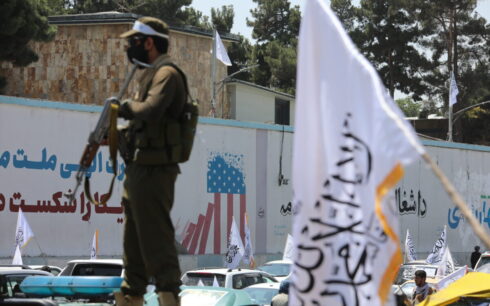HERAT, Afghanistan — In the shadow of a worsening economic crisis, internally displaced people in this western province are contending with unemployment and soaring living costs, leaving many struggling to survive.
Among them is Samiullah, who fled Kabul three years ago in search of better opportunities. Now running a modest soup stand in Herat, he finds himself trapped by mounting expenses that his meager income cannot offset.
“I pay 3,000 Afghanis just for the shop space where I set up my cart, 4,000 Afghanis for house rent, and 1,000 Afghanis for electricity,” he said. “Altogether, that’s 8,000 Afghanis a month. On good days, I might make 1,000 Afghanis, but many days it’s less.”
Nearby, Bashir Ahmad, who left his home in Ghor Province, toils until late at night selling fruit from a vendor’s cart. Yet, the long hours often bring little reward.
“From 4 a.m., after morning prayers, until 8 p.m., we work tirelessly,” he said. “But many nights, we go home empty-handed.”
The influx of displaced families like Samiullah’s and Bashir Ahmad’s has compounded Herat’s economic challenges. Since the Taliban takeover in 2021, thousands of Afghans from rural areas and neighboring provinces have migrated to cities, hoping to find work. Yet, even in urban centers, job opportunities are scarce.
The United Nations projects that by 2025, nearly 23 million Afghans — more than half the country’s population — will require humanitarian assistance, including 12 million children. For many displaced families in Herat, daily life reflects the grim reality of these forecasts.
Rising costs for basic necessities such as food, rent, and electricity have exacerbated the situation, pushing many deeper into poverty. With limited prospects for improvement, residents like Samiullah and Bashir Ahmad remain caught in a cycle of hardship, emblematic of the broader crisis gripping Afghanistan.





